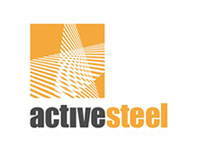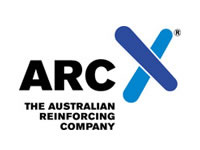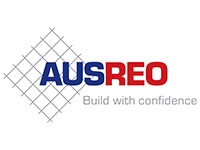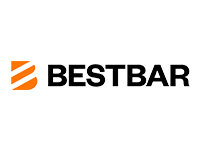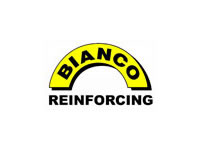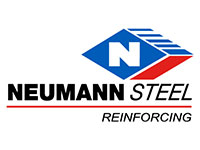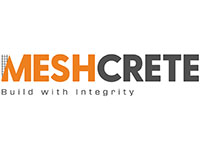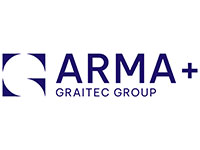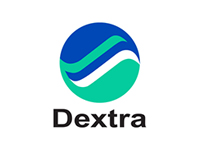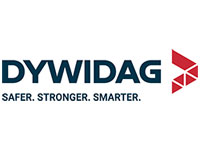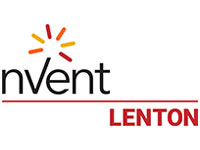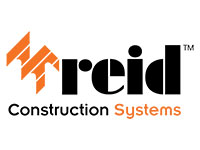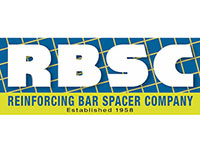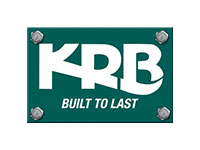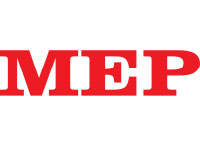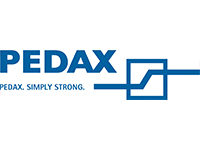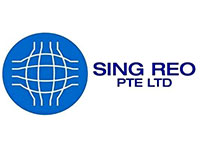Sustainability and environmental impact are a major concern in the current global environment
The SRIA promotes a program of steel stewardship, seeking to engage the whole steel reinforcement supply chain in adopting improved environmentally sustainable practices. SRIA members led by a sustainability committee support environmental sustainability to measure and benchmark the industry’s environmental, social and economic performance.SRIA Environmental Sustainability Policy (ESP)
SRIA’s goal is to encourage the economic, elegant and innovative design and construction of reinforced concrete structures through practical solutions to meet the diverse andSRIA Members support Environmental Sustainability to measure and benchmark the industry's environmental, social and economic performance. This is a continual process of benchmarking, monitoring and measuring progress. The SRIA has established and maintains global networks to deliver improvement programs of responsible best practice to the local steel reinforcing sector.
SRIA’s reinforcing sustainability policy has the following inter-reliant core objectives:
Environmental leadership
Sustainable construction materials support sustainable development and are characterised as being environmentally friendly. SRIA focuses on the characteristics of steel reinforcing materials to promote the minimum environmental, social and economic impact. They include: Durability; Local or regional processing to minimise transportationneeds; Manufactured with minimised pollution or does not itselfpollute; Minimum amount of energy required toproduce; Commitment to the promotion of recovery andrecycling; Capable of being used in an innovative way to lessen social, environmental, and economic impacts.
Further details can be found on the BPIC website.
Safety and health
SRIA promotes industry wellbeing and a safe and healthy working environment. Monthly LTI’s and MTI’s of participating member companies are recorded. This data enables member companies to compare and benchmark their safety record against the National industry. The aim is to achieve an accident-free workplace with zero harm to all steel reinforcing industry employees and contractors.

